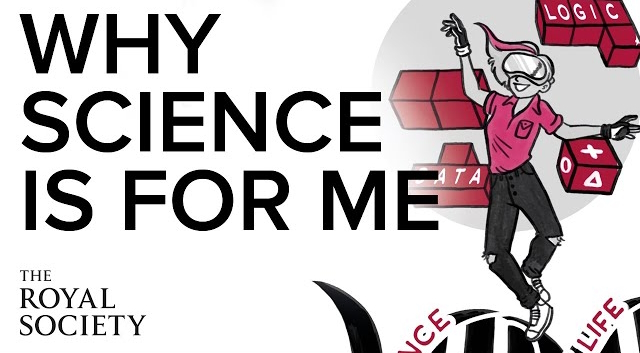The Royal Society’s recent Animate materials report (2021) outlines the potential of this technology to deliver major change in sectors from infrastructure to medicine and clothing. Animate materials could signal a future in which roads can self-heal, tiny robotic molecules can assemble themselves into household objects and living buildings can harvest carbon dioxide to generate power and purified water.
One of the aims of the Society’s Schools Engagement programme is to provide teachers with access to information about cutting edge science that can enhance their teaching of the curriculum and supports students’ understanding of the skills required for future career choices. To be among the first to hear of our new resources for teachers, please sign up to our UK teachers newsletter.
Factsheet
Animate materials: what are they? (PDF)
What are animate materials? Do they already exist? What could they look like in the future? This short, one page summary covers all these questions and can be shared will colleagues or students as an introduction to the topic or full report.
Teacher resource:
A new cross-curricular challenge for students of all ages: The future of stuff
The future of stuff (PDF)
The future of stuff (PowerPoint)
This resource is aimed at primary and secondary teachers and aims to stimulate the discussion around this new technology. It includes a simple description of animate materials and the three fundamental characteristics that define them (active, adaptive, and autonomous) as well as examples of early animate materials currently being used or developed. Teachers may want to use some or all of the slides depending on the age of their students.
We have included a simple challenge for your students, tapping into their creativity and imagination. The challenge is explained towards the end of the resource and there is an extension activity for older students exploring the risks and ethical considerations relating to these types of materials.
So that we did not inadvertently collect student data we are asked teachers to submit work on behalf of their students to a public competition. This has now closed but the activity can still be undertaken as a classroom activity.
Details of how to submit your students’ work and the terms and conditions are provided on the public Have your say page.
Animate materials report and video
Materials are covered throughout the science curriculum at all ages, and this short video introduction to animate materials by Mark Miodownik, Professor of Materials and Society at University College London, helps to explain what animate materials are and what their place is in the future of material science research.
More information about animate materials, including the full Animate materials report, is available via the Society's Animate materials webpage. The report sets out a roadmap to make this technology a reality, including by encouraging cross-disciplinary collaboration to share expertise and identify opportunities, as well as ensuring that sustainability and circularity is prioritised at the outset to support a greener future.



